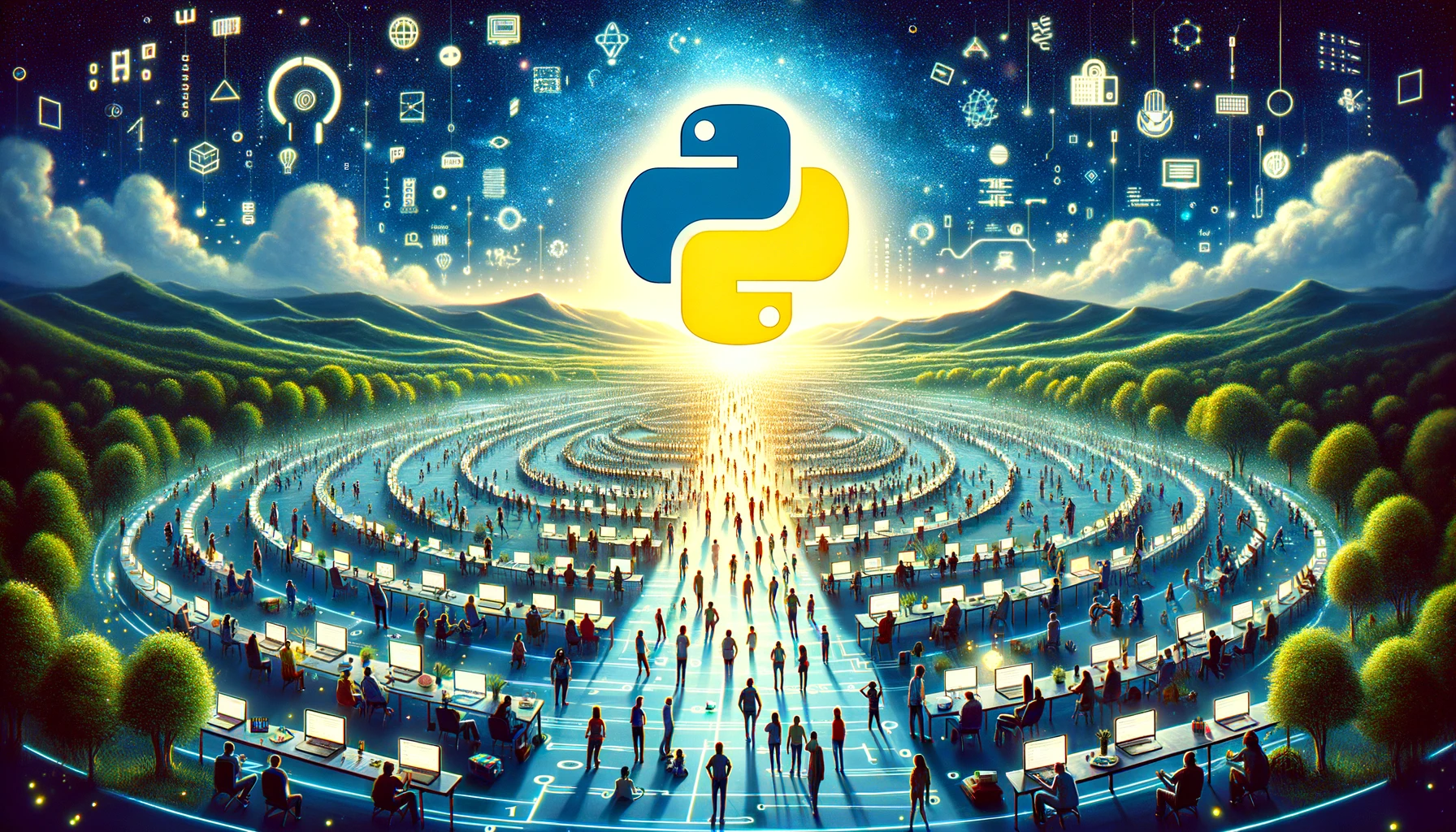In the realm of online education, Coursera stands out as a platform offering a plethora of courses across various domains, and one of its gems is the “Python for Everybody” specialization. Offered by the University of Michigan, this program is meticulously designed to equip learners with the foundational skills of programming, data analysis, and data visualization using Python. Let’s embark on a detailed journey through this specialization, understanding its structure, offerings, and how it stands as a beacon for aspiring programmers and data enthusiasts.
Course Link: https://courseeye.com/course/coursera-specializations-python/visit
Overview
“Python for Everybody” is more than just a course; it’s a comprehensive learning path created by the University of Michigan, aiming to teach students how to program and analyze data with Python. This specialization is tailored for individuals aiming to develop the skills necessary to gather, clean, analyze, and visualize data, setting a robust foundation for future learning and application in the data science and programming fields.
Syllabus Breakdown
The specialization comprises a series of interconnected courses that progressively build upon each other, ensuring a smooth learning curve from beginner to more advanced topics. Here’s a brief overview of each course within the specialization:
Programming for Everybody (Getting Started with Python)
The journey begins with “Programming for Everybody,” where learners are introduced to the basics of programming using Python. This course is designed with the belief that everyone should have the opportunity to learn programming, and hence, it covers fundamental concepts such as variables, conditional execution, repeated execution, and functions. The goal is to demystify programming and provide a solid foundation for further exploration.
Python Data Structures
Following the basics, the next step is “Python Data Structures.” This course dives into the core data structures of the Python programming language, such as lists, dictionaries, and tuples. Understanding these data structures is crucial for handling, storing, and accessing data efficiently in any programming task.
Using Python to Access Web Data
“Using Python to Access Web Data” expands the learner’s horizon into how the Internet can be leveraged as a source of data. It covers techniques to scrape, parse, and read web data as well as make use of web services. It’s a practical course that applies the Python skills learned to extract and process data from the web.
Using Databases with Python
Data is often stored in databases, and this course, “Using Databases with Python,” introduces learners to the basics of SQL, the Structured Query Language used to communicate with databases. It also covers how Python can interact with databases to perform data retrieval, manipulation, and storage operations.
Capstone: Retrieving, Processing, and Visualizing Data with Python
The capstone project is the culmination of all the skills and knowledge acquired throughout the specialization. It challenges students to build a series of applications to retrieve, process, and visualize data using Python. This hands-on project is designed to solidify the learner’s understanding and ability to apply Python in practical data analysis tasks.
Conclusion
The “Python for Everybody” specialization by the University of Michigan on Coursera is a well-structured, comprehensive guide to mastering Python for data analysis and visualization. It’s an ideal starting point for anyone looking to dive into the world of programming and data science. With its step-by-step approach, it ensures that learners not only grasp the theoretical concepts but also apply them in practical, real-world scenarios. Whether you’re a beginner with no prior experience in programming or someone looking to brush up on your Python skills, this specialization offers a pathway to achieve proficiency in one of the most sought-after skills in today’s tech-driven world.
